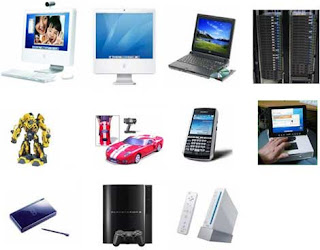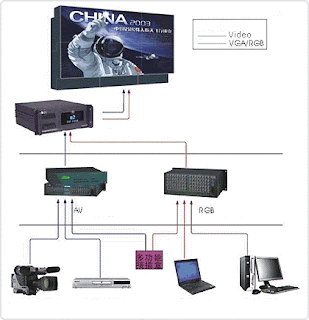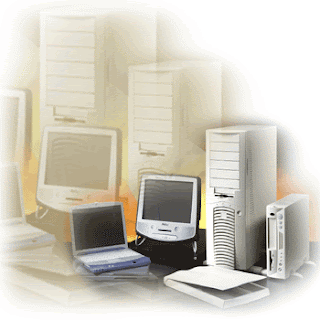
The Intel Atom™ processor will be the name for a new family of low-power processors designed specifically for mobile Internet devices (MIDs) and a new class of simple and affordable Internet-centric computers arriving later this year. Together, these new market segments represent a significant new opportunity to grow the overall market for Intel silicon, using the Intel Atom processor as the foundation. The company also announced the Intel Centrino Atom™ processor technology brand for MID platforms, consisting of multiple chips that enable the best Internet experience in a pocketable device.
The Intel Atom processor is based on an entirely new microarchitecture designed specifically for small devices and low power, while maintaining the Intel® Core™ 2 Duo instruction set compatibility consumers are accustomed to when using a standard PC and the Internet. The design also includes support for multiple threads for better performance and increased system responsiveness. All of this on a chip that measures less than 25 mm², making it Intel's smallest and lowest power processor yet.1 Up to 11 Intel Atom processor die -- the tiny slivers of silicon packed with 47 million transistors each -- would fit in an area the size of an American penny.
Intel® Atom™ processor Intel® Centrino® Atom™ processor technology
Intel® Atom™ processor Intel® Centrino® Atom™ processor technology
These new chips, previously codenamed Silverthorne and Diamondville, will be manufactured on Intel's industry-leading 45nm process with hi-k metal gate technology. The chips have a thermal design power (TDP) specification in 0.6-2.5 watt range and scale to 1.8GHz speeds depending on customer need. By comparison, today's mainstream mobile Core 2 Duo processors have a TDP in the 35-watt range.
"This is our smallest processor built with the world's smallest transistors," said Intel Executive Vice President and Chief Sales and Marketing Officer Sean Maloney. "This small wonder is a fundamental new shift in design, small yet powerful enough to enable a big Internet experience on these new devices. We believe it will unleash new innovation across the industry."
With personal computing increasingly going mobile and the computer industry rapidly developing new classes of products to connect the next billion people to the Internet, the Intel Atom processor offers customers the unique ability to innovate around the new low-power design. In addition to the MID opportunity, Intel believes the demand for a new category of low-cost, Internet-centric mobile computing devices dubbed "netbooks" and basic Internet-centric desktop PCs dubbed "nettops," will grow substantially over the next several years. The Intel Atom processor is perfectly suited to meet these new market segments.
Intel said the Intel Atom processor also has potential for future revenue opportunities in consumer electronic devices, embedded applications and thin clients.
Intel Centrino Atom Processor Technology
The Intel Centrino Atom processor technology brand represents Intel's best technology for MIDs. Formerly codenamed "Menlow," Intel Centrino Atom processor technology includes the Intel Atom processor, a low-power companion chip with integrated graphics, a wireless radio, and thinner and lighter designs. Together, these components are designed to enable the best mobile computing and Internet experience on these new devices.


































